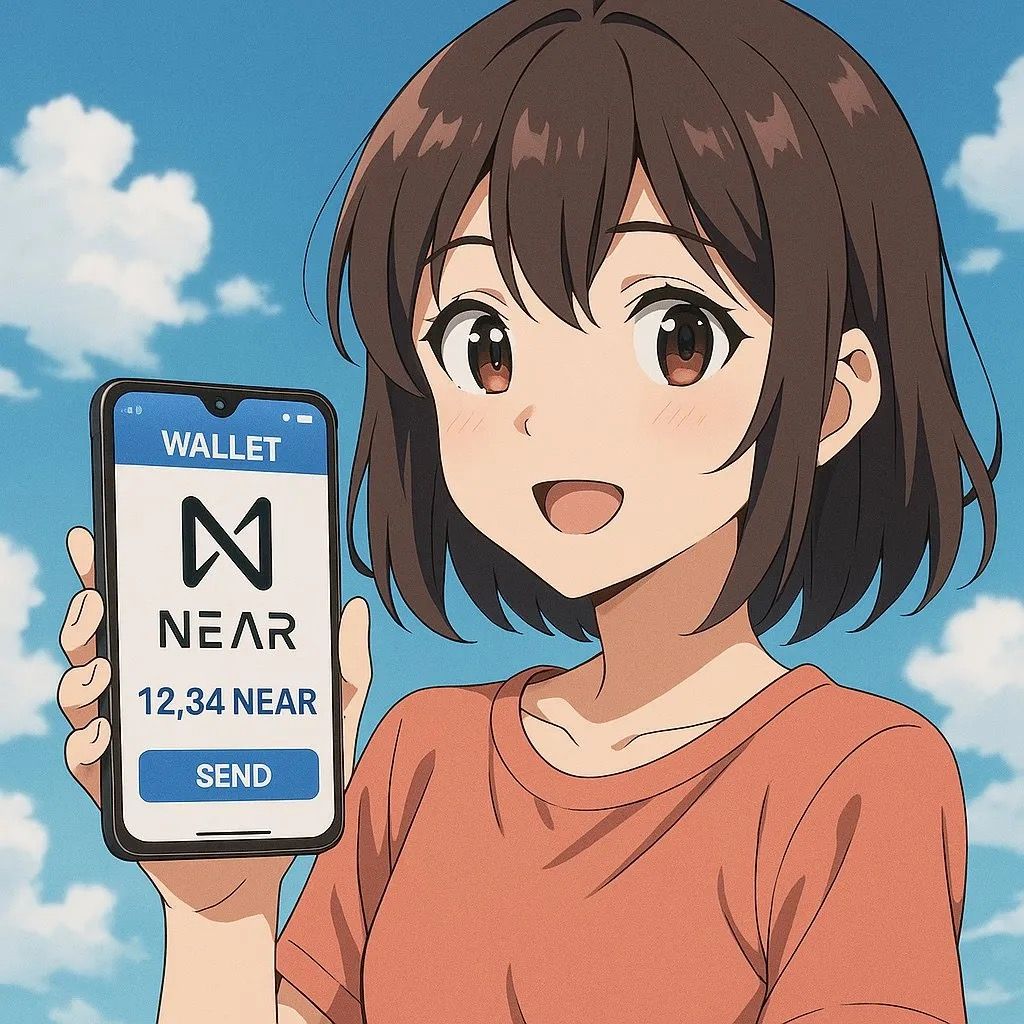India Confirms RBI-Backed Digital Rupee to Challenge Private Crypto
India Confirms Launch of RBI-Backed Digital Rupee — A Direct Challenge to Private Crypto
New CBDC aims to reinforce trust in sovereign money, strengthen oversight, and redefine India’s fintech roadmap for a regulated digital future.
⚡ Quick Hits
- 🇮🇳 Digital Rupee Confirmed: Backed by the Reserve Bank of India (RBI)
- 💰 Objective: Strengthen financial trust, reduce reliance on unregulated crypto
- 🏦 CBDC Pilot: Completed for retail and wholesale transactions
- 🔍 Policy Shift: From “tax-and-tolerate” to compliance-first oversight
- 📈 Timeline: Nationwide rollout expected in the next fiscal year
🪙 Digital Rupee: India’s Answer to Crypto Volatility
India has officially confirmed the launch of its Central Bank Digital Currency (CBDC) — the digital rupee — fully backed by the Reserve Bank of India (RBI).
The move signals New Delhi’s intent to anchor the nation’s fintech ecosystem in state-issued money, providing a secure, transparent, and fast digital alternative to speculative private cryptocurrencies.
The digital rupee will: ✅ Enable real-time, low-cost transactions ✅ Reduce paper currency dependence ✅ Improve settlement efficiency across financial and government systems
Authorities framed the rollout as a strategic safeguard — reinforcing trust in sovereign-backed assets while discouraging risky, unregulated tokens that lack intrinsic or asset support.
“CBDCs combine innovation with the stability of fiat — a bridge between digital convenience and monetary sovereignty,” said an RBI official.
🧭 CBDC as a Core Pillar of India’s Fintech Strategy
India’s finance ministry views the digital rupee as a central pillar of its fintech roadmap, integrating blockchain efficiency into the regulated economy.
Unlike private tokens, the CBDC carries:
- Full sovereign backing
- Regulatory guarantees
- Integration with RBI’s payment rails
This gives the digital rupee a dual purpose — to modernize payment systems and demonstrate state-backed legitimacy in an era where speculative crypto projects dominate headlines.
Officials clarified that private cryptocurrencies will not face an outright ban, but will instead be discouraged through strict taxation and compliance frameworks.
“We’re promoting innovation within regulation — not outside it,” a finance ministry spokesperson stated.
🧩 From “Tax and Tolerate” to “Regulate and Verify”
India’s regulatory tone is shifting decisively. The government is building a hybrid oversight framework combining:
- Monetary supervision (RBI)
- Securities oversight (SEBI)
New rules will require digital asset issuers to maintain fiat or commodity reserves, custody licenses, and third-party audits — marking the transition from informal tolerance to structured compliance.
The message is clear: asset-backed projects are welcome, speculative coins are not.
🚀 CBDC Pilot Success Positions India Ahead
The RBI’s pilot phase — spanning both retail and wholesale use cases — is already complete, giving India a significant lead in global CBDC deployment.
The trials demonstrated: ✅ Instant settlement between banks and users ✅ Integration with UPI and India Stack ✅ Full traceability and transaction transparency
However, India’s blockchain talent drain remains a concern. Many developers have moved operations abroad due to uncertainty around private crypto regulation, underlining the need for policy stability to retain innovators.
🧠 AI-Driven Crypto Tax Enforcement
Parallel to the CBDC rollout, India is ramping up crypto tax enforcement using AI tools and cross-border data-sharing with foreign exchanges.
These systems are designed to:
- Detect undeclared crypto transactions
- Cross-verify tax filings
- Enforce compliance with the 30% crypto gains tax
At the same time, policymakers are debating how to balance privacy with regulatory control, especially within CBDC data systems.
⚖️ Why It Matters
India’s digital rupee is not just a payments innovation — it’s a geopolitical statement: a push for monetary sovereignty in a tokenized world.
If successful, it could position India as a leader in CBDC deployment, blending fintech modernization with regulatory control — a model likely to influence other emerging economies.
But challenges remain: How much privacy will users retain? Will CBDCs crowd out private innovation? Can India attract global crypto talent under tighter oversight?
TL;DR
- 🇮🇳 India officially launches RBI-backed digital rupee (CBDC).
- 💰 Designed to reduce crypto risk and strengthen sovereign money trust.
- 🧭 Signals shift toward compliance-driven digital finance.
- ⚙️ Private crypto not banned — but discouraged via taxation and audits.
- 🚀 India’s pilot success gives it a head start in global CBDC adoption.

Recent News
All Time High • Live
Have questions or want to collaborate? Reach us at: info@ath.live











